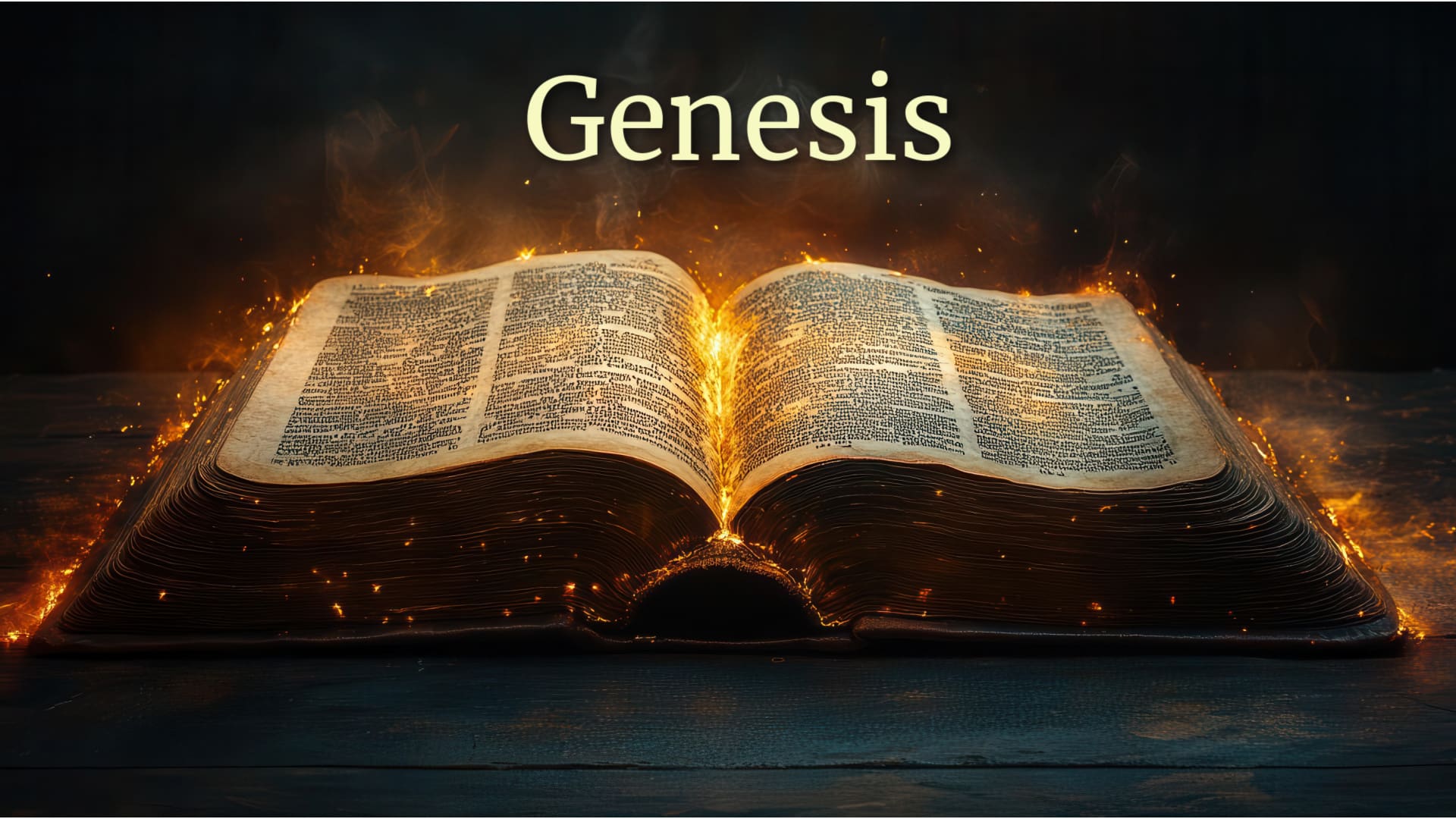
Faustian Patterns
Jubal was the father of all those who play the lyre and pipe; Tubal Cain was the forger of all instruments of bronze and iron. (Gen. 4:21, f.)
The Nephiim were on the earth in those days… (Gen. 6:4)
The beginning of [Nimrod’s] kingdom was Babel, Erech, and Accad, all of them in the land of Shinar. (Gen. 10:10)
Faust in medieval lore was a philosopher-scholar who mastered everything there was to know but was disgruntled. This made him vulnerable to Mephistopheles, a demon, who came to him offering a deal with the Devil; his soul for 20 years of complete power and everything he could ever want at his behest. The deal sealed with his blood, Faust experienced all pleasures and learned all the secrets of creation but was still unhappy. This is when Faust asked Mephistopheles for Helen of Troy, the most beautiful women who ever lived. There was one problem, however, and that was that she was dead, and for him to have her, she had to be a demonic representation. Mephistopheles knew that if Faust carried this through that it would finalize the loss of his soul, for intercourse with a demon means irrevocable damnation (vis-a-vis Gen. 6:1ff.). He asked Faust if he understood the consequences. Faust acknowledged that he did, demanded Helen, and Mephistopheles complied. The story ends with the demons dragging him off to hell.
The outline of this story is as old as historical humanity. We see it here in these opening chapters of the Bible twice, once with the antediluvians and then again with postdiluvians. The antediluvians, Cain’s line as we observed in the post Cain’s Alternative Culture, and Ham’s line after the flood, have parallel Faustian elements. Both are deeply active culturally, building cities and creating all sorts of things (cf. Enoch in Gen 4:17 with Nimrod in 10:10 where he was a “mighty hunter,” meaning that at the beginnings of postdiluvian civilization it was a king’s duty to rid the land of wild animals). Cain’s ancestor Lamech becomes violent and warlike (4:23-24), and Nimrod’s establishment of the city-states in Shinar implies to the ancient mind warfare (10:10). The outcome of both cultures, as in the Faustian legend, culminates with intercourse with demons. We see this with the antediluvians in Gen. 6ff, but also in 11:1-9 with the building of the tower of Babel (see previous post). Evil comes to a point where Judgment is the only remedy. As we look ahead in the history of the kingdom of Israel/Judea, beginning with Solomon and his great wisdom like Adam, wealth, and building projects, the evil crescendos to Manasseh and the unforgivable sin of witchcraft that brought irrevocable judgment on Judea (II Kings 21). History repeats itself in patters.
The point here is not that human culture is evil in and of itself. There are many good things about it, not to mention that we must live in it! The point here is that all major cultures “made with human hands” eventually follow a pattern, ultimately a Faustian one. “Made with human hands” is a biblical code word for the building of the great world cultures in contrast to God’s kingdom, built without human hands. (See Daniel 2:34-35 where the “stone cut out by no human hand” broke to pieces the great Neo Babylonian Empire becoming a mountain [Eden] that fills the whole earth.) In contrast, the Tabernacle was made according to the vision God gave Moses (Ex. 25:9, 40, 26:30, 27:8), which we know is the model for Eden as well. The Temple was made of stone not cut at the Temple site, but in the quarry according to exact proportions so no sound was made when placed together (I Kings 6:7). Although it was made of human hands, this process symbolized that this Temple was unlike Babel, but was the heart of the Kingdom of God on earth. Though it too failed, it became a symbol of the eschatological Kingdom and the City of the Great King that is not made with human hands (Beale). Of all the myths that best describes our western culture and America itself, it is the Faustian legend.
Thus, we end our discussions on the great Primeval History. It is the very foundation of our Christian cosmology; in it all the motifs of the rest of the Bible are established. There is no end to its subtleties and profundities; it is a many faceted jewel which sends off sparkles of light and brilliant colors as we turn it round in our hearts and minds. In it we know our origins, and if we know where we came from, we know who we are, and what our end will be, for in all living things, the end is hidden in its beginnings.
Takeaway: One must master the Primeval History to understand the rest of the Bible and us as human beings.
Questions:
- After surveying your work through the Primeval History, how has your perspective on Scripture and your faith changed?
- Where do you see our country and Western civilization as a whole in the Faustian patterns described in this post?
Resources Used:
Beale, G. K. The Temple and the Church’s Mission. IVP, 2004. This is another Protestant work, but very good and very much in line of Catholic ecclesiology in some ways.
0 Comments